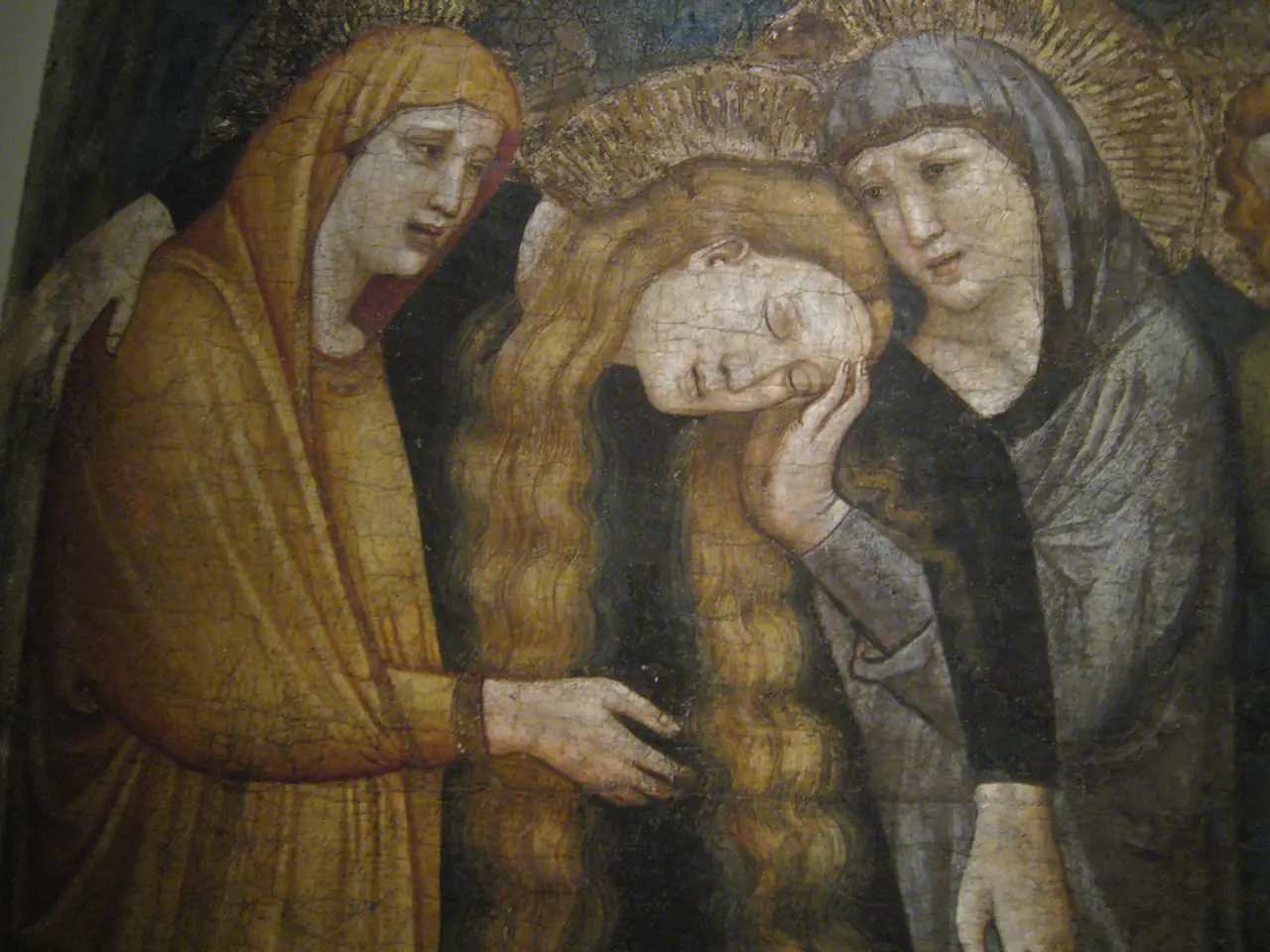AI-painted Google's Nighthawks masterpiece falls short of artistic essence
On August 11, 2025, Google unveiled Genie 3, a groundbreaking AI model that can turn iconic artwork into immersive, 3D interactive experiences. The demonstration, shared on X, showcased Edward Hopper's Nighthawks, a piece now in the public domain in the United States.
Research scientist Aleksander Holynski demonstrated how viewers could 'step inside' Nighthawks, navigating the scene in real time at 24 frames per second. However, the viewer in the video above seemed to quickly lose interest in Hopper's scene and focus on the dark alley instead.
This new technology offers exciting possibilities for enhanced engagement and learning. Genie 3 enables users to explore artworks immersively, deepening appreciation and understanding. It also opens up innovative storytelling and creativity, offering a new medium for narrative exploration beyond traditional art.
However, the use of AI for such applications also raises concerns. Transforming classic paintings into interactive 3D spaces might alter or dilute the original artistic intent, mood, or historical context. For example, Hopper's Nighthawks is renowned for its atmospheric stillness and narrative ambiguity, which might be compromised by adding interactivity or dynamic elements.
Moreover, ethical and copyright issues arise when modifying and publicly distributing interactive AI-generated versions of copyrighted artworks or their detailed replicas. Giving other works of art the same AI treatment may raise questions about artist rights, authenticity, and commercialization without proper consent or attribution.
Technical limitations also pose challenges. Although Genie 3 can create impressively dynamic worlds, the resolution is currently 720p and the persistence lasts only a few minutes, which might limit the quality and depth of the immersive experience.
Finally, there is a risk of oversimplification or distortion. AI-generated environments might unintentionally introduce inaccuracies, anachronisms, or fantastical elements inconsistent with the painting’s original style or period, potentially confusing or misleading viewers about the artwork.
In summary, Google's Genie 3 model offers groundbreaking AI capabilities to create real-time, interactive explorations of classic artworks. However, this also raises questions regarding fidelity to the original art, ethical use, and technical fidelity of these AI-generated experiential worlds.
- The layout of Genie 3's 3D interactive experience of Edward Hopper's Nighthawks allows viewers to navigate it in real time with a frame rate of 24 per second.
- The artistic design and color scheme of Nighthawks provide a captivating backdrop for viewers, but there's a potential risk that the addition of interactivity or dynamic elements might dilute the original intent of the painting.
- With Genie 3, artwork exploration extends beyond traditional boundaries, opening new avenues for storytelling and creativity in the realm of animation and entertainment.
- UI design is crucial in guiding viewers through the immersive 3D environments created by Genie 3, ensuring an engaging and educational experience for art enthusiasts.
- Artificial Intelligence, when applied skillfully, can revolutionize the field of art, enabling artists to create more locally-targeted content or even predict future trends in the industry.
- Despite its innovative potential, Genie 3 currently faces technical limitations, such as a resolution of 720p and a short persistence time, which may affect the overall quality and depth of the immersive experience.
- To preserve the authenticity and integrity of existing artworks, it's essential to address ethical, copyright, and commercialization concerns before using AI technology to create interactive versions of protected artworks.




